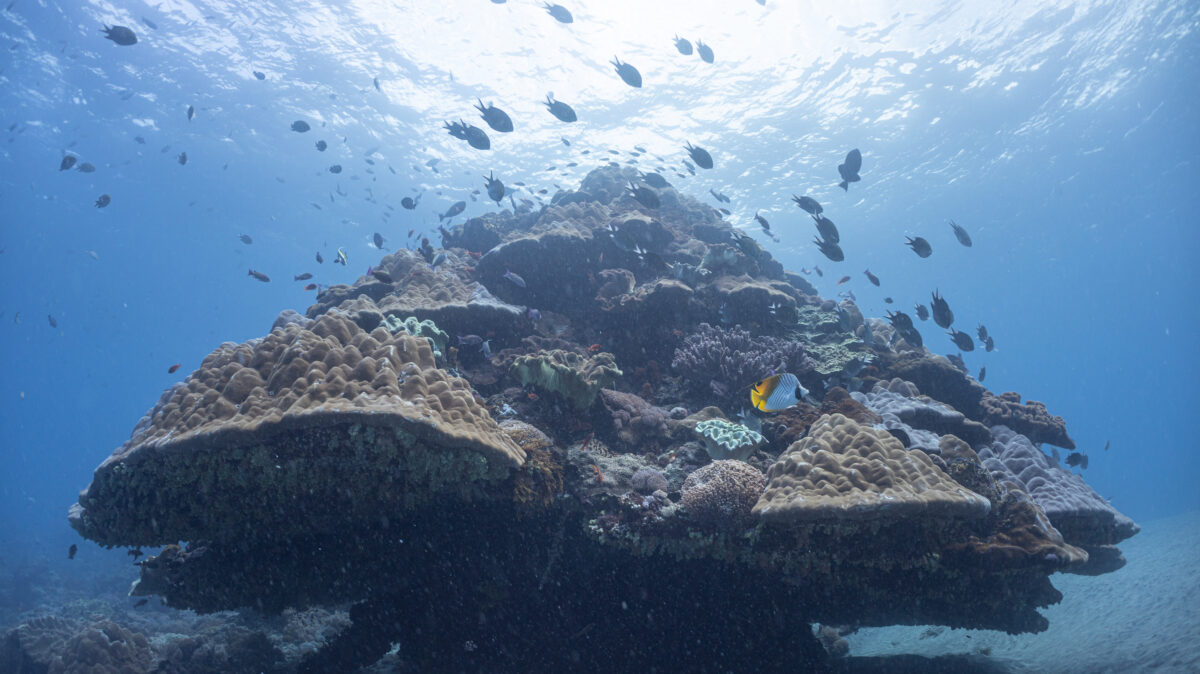
My most recent adventure took me to Asia for the first time in my life. I decided it was time to make the leap from recreational diving to the professional realm by completing my PADI Divemaster Training. If I was going to dive almost every day for a month, I wanted it to be in some of the most biodiverse reefs in the world. That decision led me to Nusa Lembongan, a small island east of Bali in Indonesia, and to Blue Corner Dive.
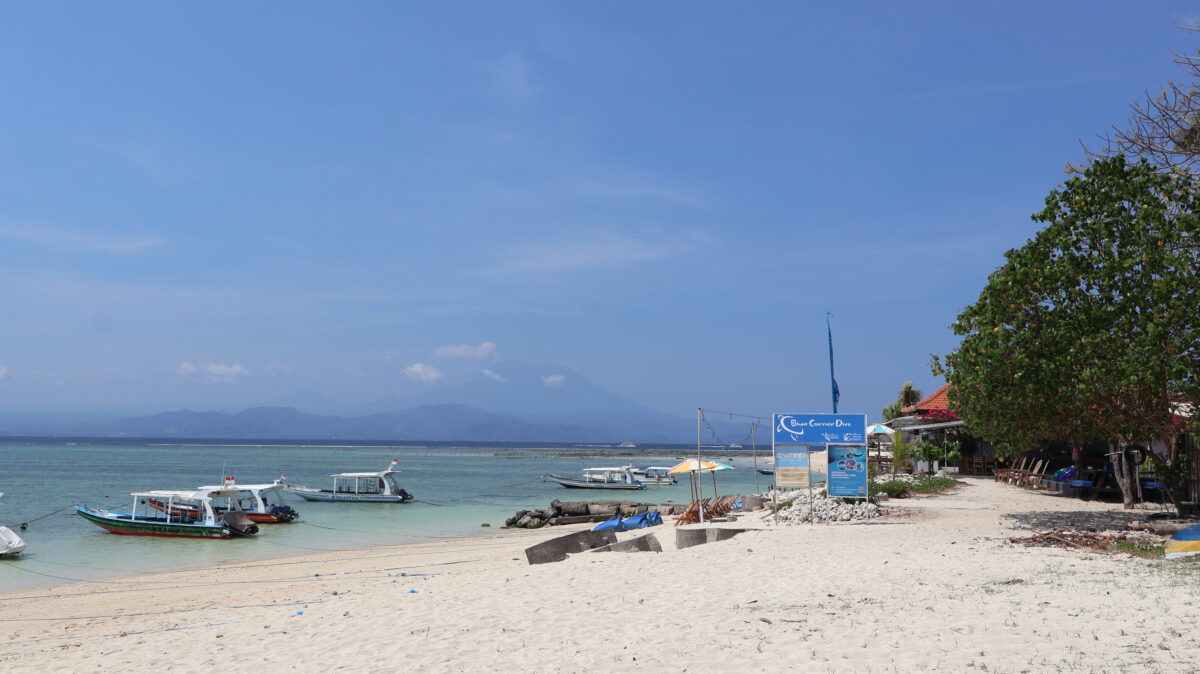
The career development centre is perched right on the beach, offering stunning views of the surf break and nearby dive sites. The area is renowned for its vibrant marine life, including majestic manta rays, elusive mola molas (a rare deep-sea fish), turtles, nudibranchs, and sprawling coral reefs. The sheer variety of reef fish and invertebrates was staggering—every dive felt like a new discovery. The underwater topography is equally mesmerising, with towering underwater mountains creating walls and deep canyons leading onto shallow reef plateaus. These formations funnel nutrient-rich cold currents from the deep, sustaining the reefs and creating thrilling drift dives.
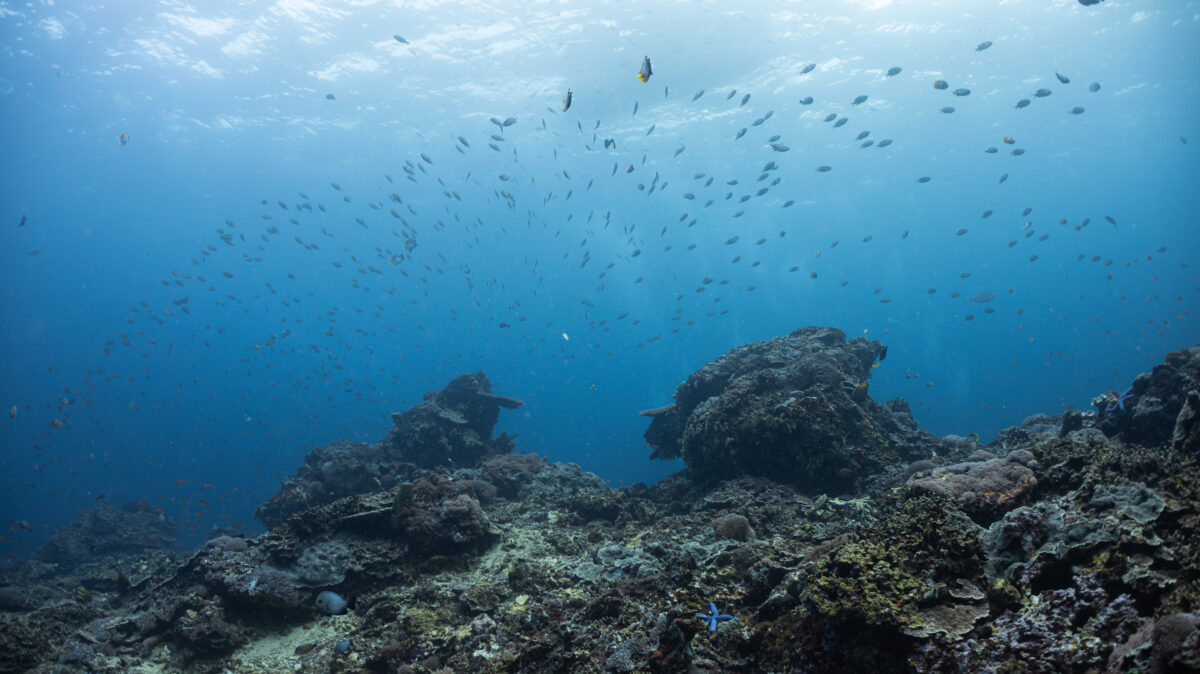
Blue Corner Dive is co-owned by Andrew Taylor, a marine biologist passionate about coral restoration and rubble stabilisation. He founded the centre to support his research, and it has since become a hub for conservation efforts within the region. Today, the team deploys hundreds, if not thousands, of coral restoration frames annually and trains eager divers in restoration and conservation techniques as part of their courses.
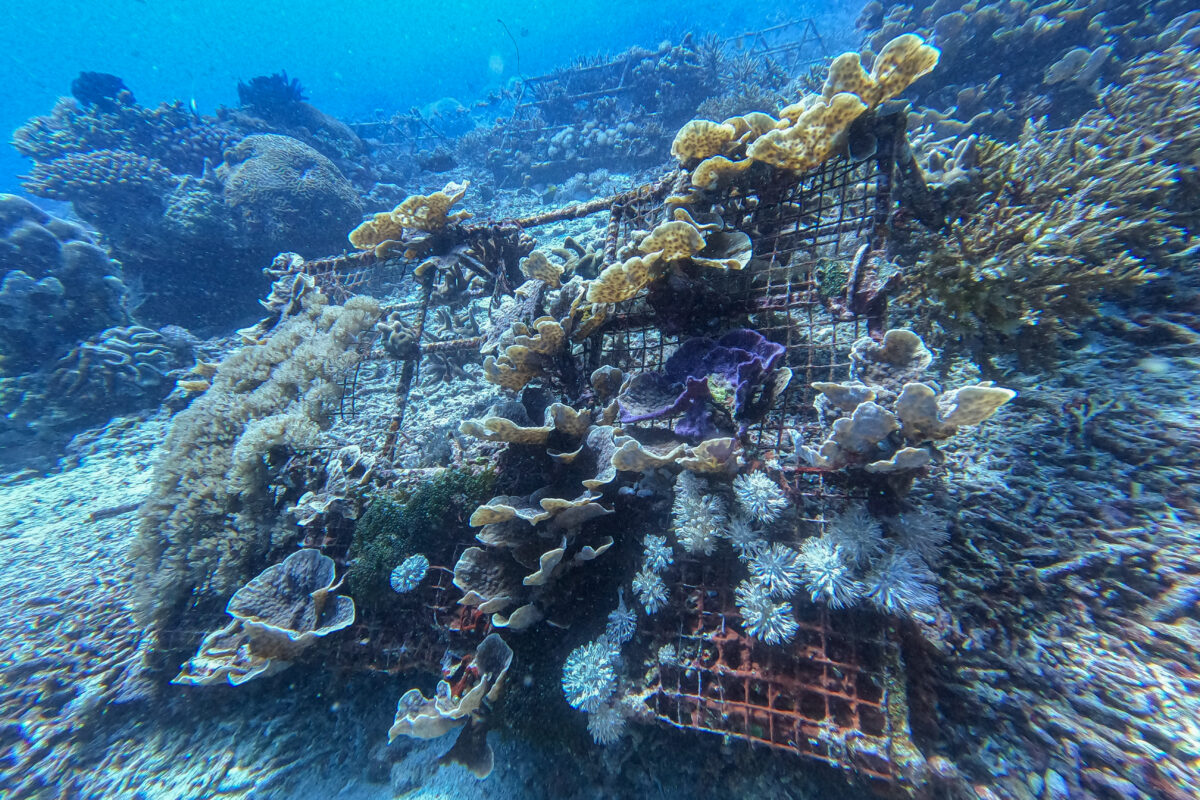
The PADI Divemaster program trains you to become a professional diver, and takes 4 weeks. My
instructor, Elise Dixon, was phenomenal. She ensured we truly understood every aspect of diving.
We had lectures on everything from physical oceanography to lunar cycles affecting tides and currents. We learned we were the largest danger to ourselves underwater, and trained to minimise
risk by addressing human error. By the end of the month, I had mastered my dive configuration and was confident to become a dive guide.
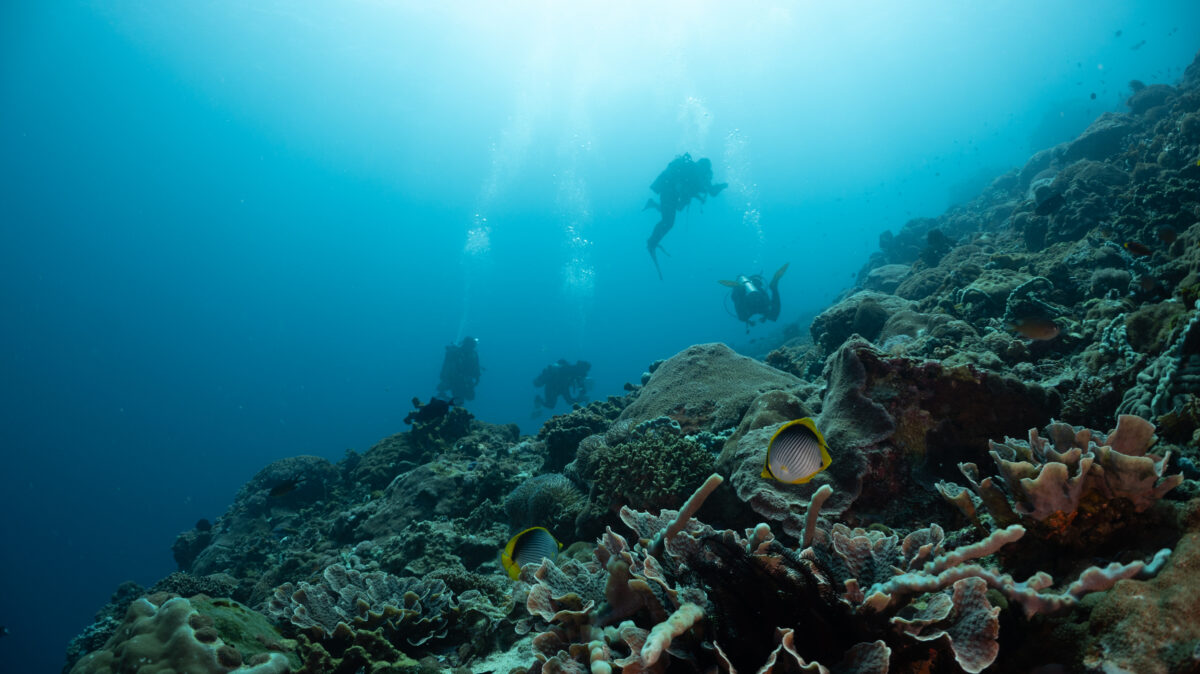
While I was there, I also completed the Deep Diver speciality course. This certification allows recreational divers to safely explore depths of up to 40 metres. At that depth, the increased water pressure compresses your lungs to about one-fifth of their volume at the surface. The higher pressure also causes more nitrogen to dissolve in your body tissues, which can lead to risks such as nitrogen narcosis or decompression sickness (which are not fun). I gained a deeper understanding of these risks and how to mitigate them, better equipping me for future dives.
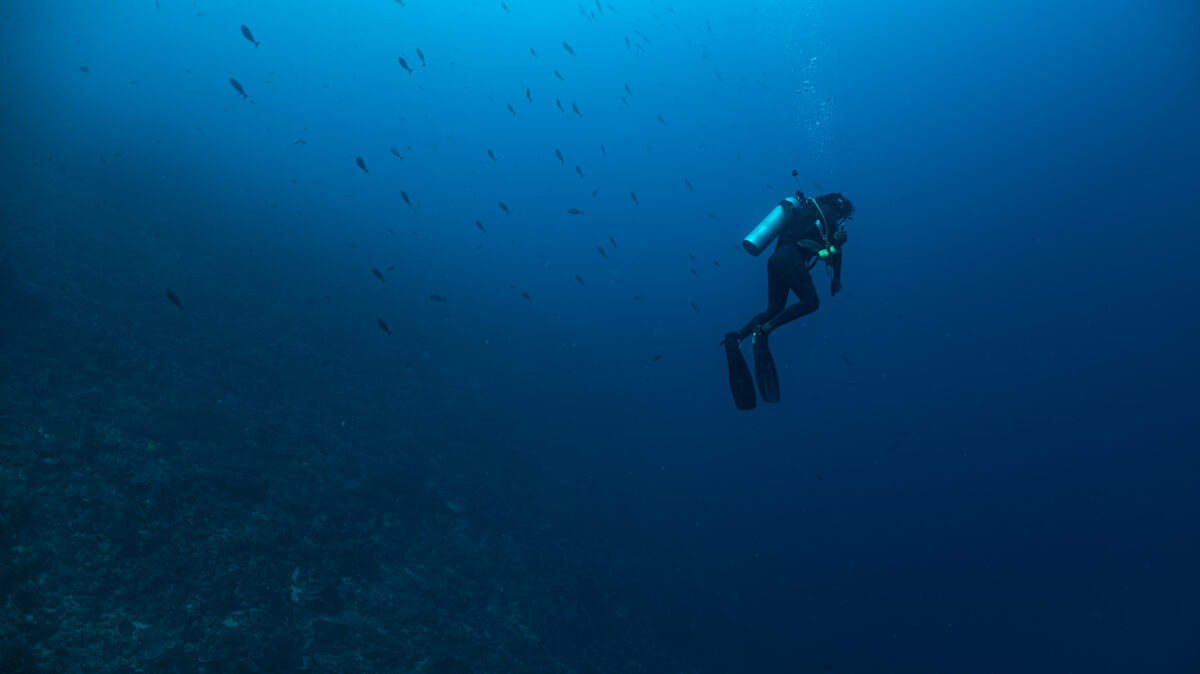
The team at Blue Corner Dive was extraordinary—friendly, knowledgeable, and dedicated to creating a safe space for us to grow into competent divers. I’m addicted to learning, and it felt magical to do so underwater in such a practical setting, especially after spending the past year coding endlessly in an office while working on my thesis.
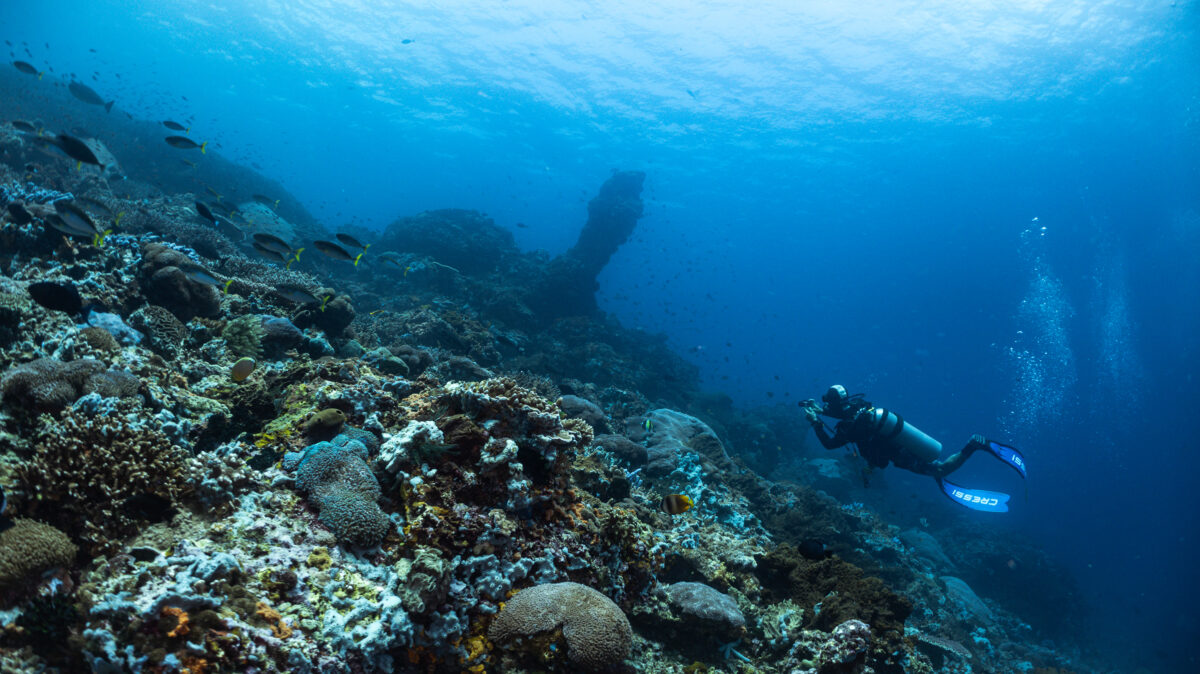
This experience reaffirmed my love for the ocean and my desire to keep growing as a diver. Nusa Lembongan wasn’t just a step in my professional diving journey—it was a deep dive into SCUBA diving, marine conservation, personal growth, and some of the most spectacular underwater ecosystems on the planet.
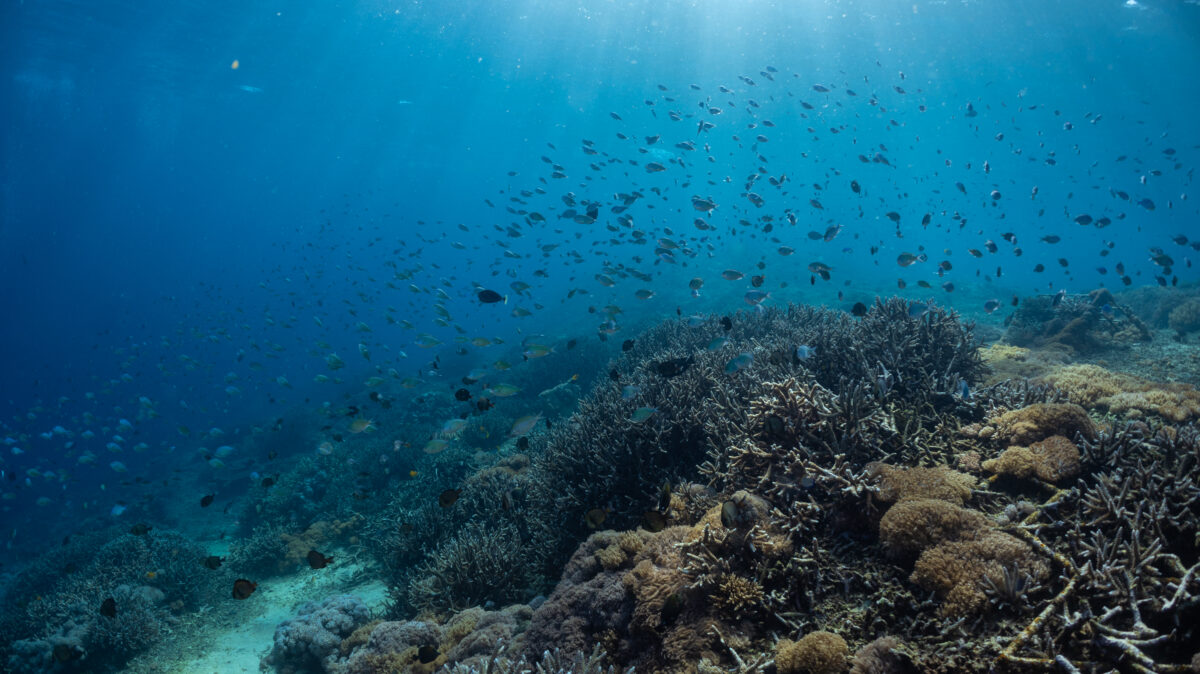
I’m extremely grateful to the entire staffing team at Blue Corner Dive. All of their instructors that helped me on this journey, my teacher, the manager and owners, my DMT buddies who shared the experience with, and everyone else I met on the island. I’m also very grateful to the Our World-Underwater Scholarship Society, Rolex, Tusa, Waterproof, Reef Photo and Video, The Fourth Element, Mako Eyewear, and many other sponsors who assisted me with resources to make this happen. I simply couldn’t ask for anything more in life.